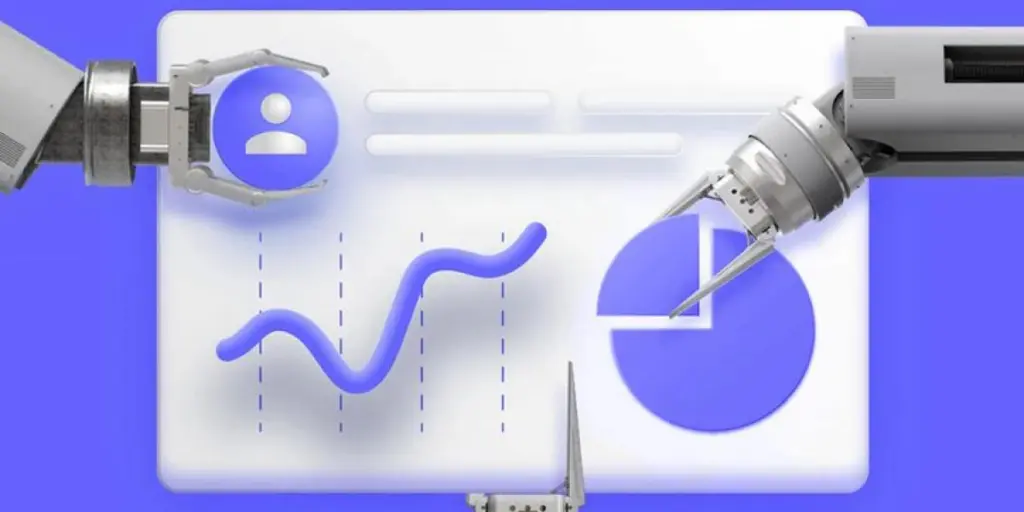The coronavirus pandemic has had a significant impact on different industries in the US. While it has caused major disruption, it has also presented a significant amount of opportunities that have positively affected the performance, innovation, and survival of a number of small businesses.
The small business category is a very broad one in the US, with a staggering 99% of businesses in the US actually qualifying as small businesses according to the World Economic Forum.
In this article, we’ll look at how this large category of businesses has been impacted by the pandemic, what challenges and opportunities emerged, and whether or not post-pandemic optimism is warranted.
Table of Contents
The economic impact of the pandemic and the distribution of financial assistance
Impact of the pandemic on small businesses in the US
What will post-pandemic recovery look like?
The economic impact of the pandemic and the distribution of financial assistance
A Statista report on the overall economic impact of the pandemic on small businesses in the US as of October 2021 shows that for the businesses of 44.9% of the respondents (the largest proportion), the pandemic had a moderate negative effect, while for 22.5% of the respondents (the second highest proportion), the pandemic had little or no effect.
Financial assistance provided by the US government to small businesses over the period was crucial to ensuring that they were able to weather the storm of the pandemic.
When looking at the distribution of financial assistance received by small businesses, the Paycheck Protection Program (PPP) and Paycheck Protection Program loan forgiveness had the greatest impact on relieving the financial pressure of small businesses, accounting for 44.5% and 41.3% of the overall financial assistance, respectively.
Loan programs also played a significant role in mitigating the effects of the pandemic, as the approval of small businesses loans by various lenders in the US provided small businesses with a greater buffer. When it comes to lender types, Statista figures show that 24.5% of lending was from alternative loans, while 23.8% was from institutional lenders, 20.5% was from credit unions, 18.5% from small banks, and 13.6% from large banks.
Impact of the coronavirus pandemic on small businesses in the US
Impact on workforce: shortage of labor, increased productivity

When it comes to the different challenges faced by small businesses in the US during the pandemic period, the biggest one according to 24% of the Statista report respondents is that of quality of labor.
“The great resignation” has been a major buzzword used by many analysts when describing the unprecedented amount of people leaving their jobs during and after the pandemic period. This major shift in labor has spawned shortages of labor across various industries, posing a significant challenge to small businesses when trying to source quality labor during the period.
However, when looking at the Statista analysis on the impact of the coronavirus pandemic on the hours that small business employees actually spent working when working from home, 77.1% of the respondents (the largest proportion) showed that there was little or no change in the number of hours worked, while 6.4% showed a large increase, 8.1% showed a moderate increase, 5.2% showed a moderate decrease, and 3.2% showed a large decrease.
This shows that on the whole, when it comes to employee productivity, the pandemic did not particularly have a massive impact on the productivity levels recorded by small businesses, as a smaller proportion of businesses recorded significant decreases or increases in productivity.
Impact on business survival: closings and reopenings

The pandemic impacted the various sectors differently due to the different sectors’ readiness and flexibility to operate with limited in-person trade. During the height of the pandemic, a number of small businesses had to close their doors in order to comply with lockdowns and other public safety regulations.
However, a number of these businesses were able to bounce back and reopen, helped by increased vaccination rates, relaxed lockdown measures, and government-driven financial assistance.
When it comes to the number of business openings by category in the US as of September 2021, Statista figures show that the Home Services sector saw the highest number of business reopenings (13,454), followed by the Restaurants and Food (5,863), Local Services (4,542), Professional Services (4,109), Beauty (3,584), Retail and Shopping (3,147), Automotive Services (2,787), and Fitness (739).
Impact on digital economy: accelerating e-commerce

The coronavirus pandemic has also presented a number of opportunities for various small businesses and their related industries; the greatest of these may just be the increased uptake of digital technologies and e-commerce.
McKinsey estimates that the global economy has actually seen 10 years’ worth of e-commerce adoption being compressed into three months. There has been a shift to an e-commerce-first paradigm across several markets, and this has led to increased e-commerce activity in both the demand and supply of goods and services.
Digital technologies are not only revolutionizing the way goods and services are sold, but they are also changing the way they are advertised, how supplies are managed, and how delivery and logistics are handled.
To survive, many businesses have had to establish digital sales channels for their business or integrate their trade on global e-commerce platforms such as Alibaba.com. This added them to the digital economy, expanded their market reach, and enabled them to reach more buyers in foreign markets.
Impact on innovation: advances in remote work and e-learning technology

The old adage “Necessity is the mother of innovation” certainly showed itself to hold significant truth during the pandemic period. Because of the restrictive measures imposed as a result of the public health crisis, many businesses were forced to innovate and adapt themselves in ways that, prior to the pandemic, would have taken extended periods to be realized.
Businesses took the opportunity to diversify their product portfolios, with some adopting problem-solving strategies that innovated new products and services around the needs of customers who were now either learning or working from home.
Typically risk-averse small businesses were able to make bold leaps in adopting new business models such as e-commerce, dropshipping, online marketplace trading. These enabled them to maintain their relevance and reach customers where they were — digital platforms.
New customer needs related to remote working and learning drove innovation across various sectors to meet the changing demand. Whether it was innovation around home-based video conferencing consumer electronics or new fashion and accessories being created to match the new “homebody lifestyle,” small businesses across the US were forced to have greater agility in terms of their business models and products or service offerings.
What will post-pandemic recovery look like?
World Economic Forum analysts point to a K-shaped recovery where some industries will see significant improvement while others stagnate following the pandemic-induced recession. For instance, the Professional and Business Services sector has been able to bounce back significantly faster compared to the Leisure and Hospitality sector. This type of varied recovery path will be the post-pandemic norm.
But despite the continued hardships that a number of small businesses have faced in the US, the American entrepreneurial spirit has endured. The pandemic has not deterred a number of Americans from starting their own businesses, as seen from the drastic spike in the number of Employer Identification Number business applications made in the post-pandemic period. Find out more on how this ongoing wave of entrepreneurship is predicted to reshape the US economy.
This wave shows that many opportunities are available and waiting for those sectors and businesses that have managed to show resilience and agility in adapting their business models and product offerings to meet changing consumer demand and shopping habits.




